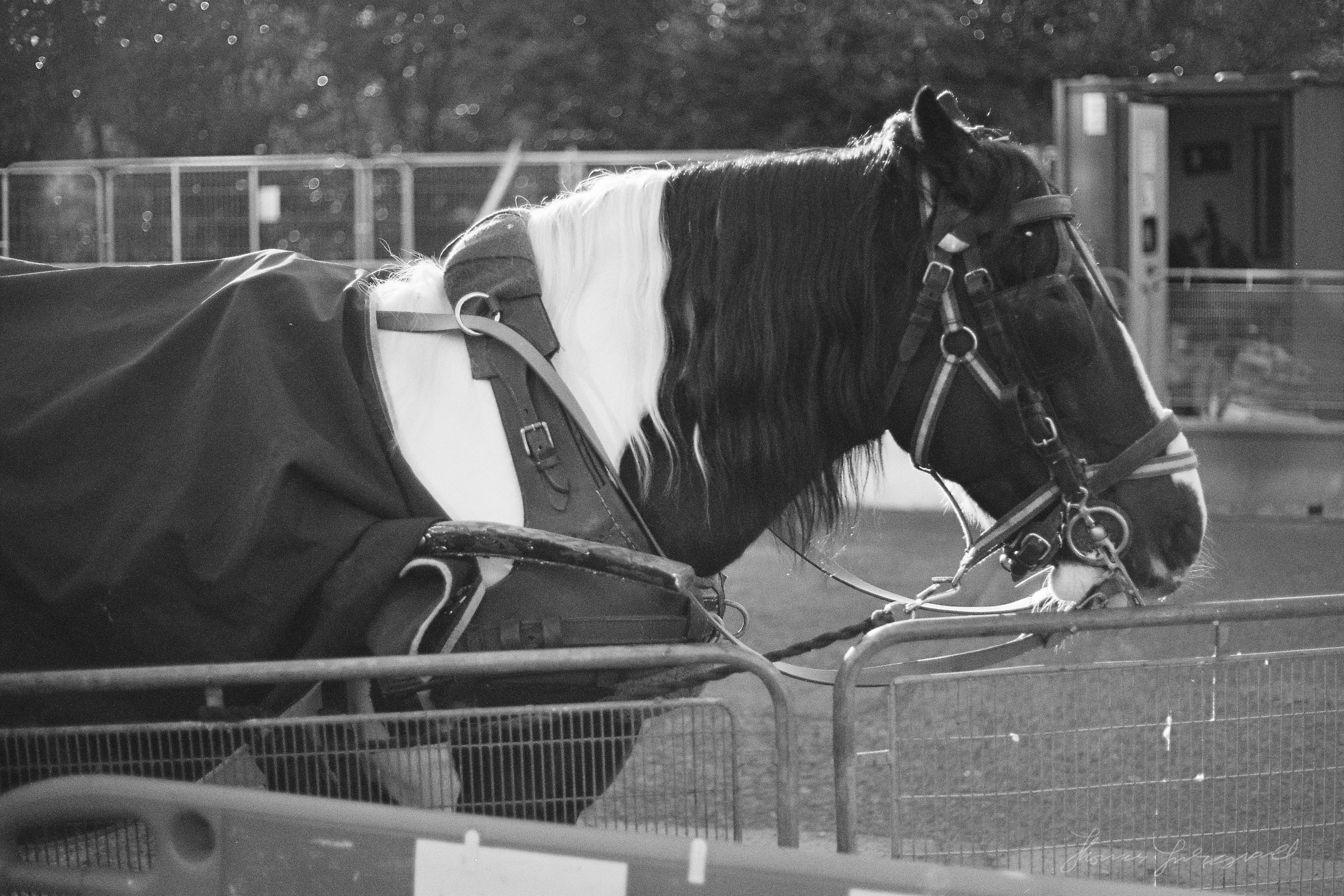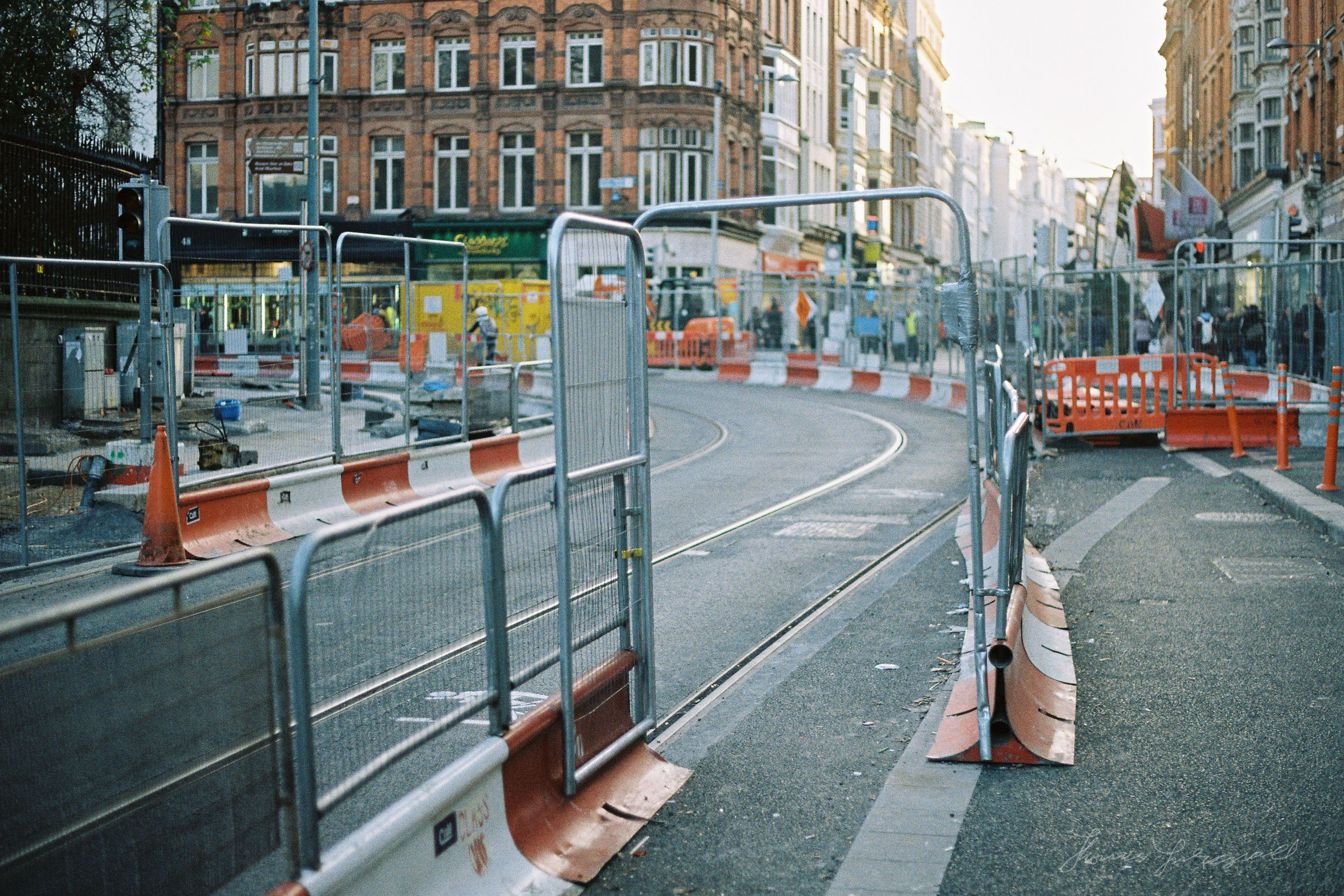More Adventures in Film
I’ve been shooting some film again recently. I really do like shooting film, and I would shoot more were it not for the down sides, of cost, and scanning and so on. Being a perfectionist when it comes to image quality, it frustrates me that I can’t get film scanned properly without doing it myself, and being a busy professional, it frustrates me to have to take the hours it takes to properly scan film.
Hopefully if the film resurgence continues, the quality of lab services might start to improve again. My biggest problem with scanning the film myself stems from the fact that I’m using a very old scanner. I’ve talked about it before here a few times. It’s a Canon FS4000. It was a great scanner in its day, but now, while it still works, I think it’s on it’s last legs. The light source is probably going in it, and the software is no longer supported, so I’m left using Vuescan. While I can still get better results than I get back from images scanned at the lab, It seems to be impossible to get the colours right, and then you have to spend even more time fixing them in Photoshop. Perhaps I will invest in a new scanner at some point.
I do enjoy the liberty that comes from shooting film though. I don’t think I’d use it for critical jobs any more, as I’m not confident in my abilities, and also the afore mentioned scanning issues, but when shooting it’s a relaxing and freeing experience. For these I shot using my old Canon Eos 5 (the pre “d” model) and a 50mm f/1.8. Despite being a little broken, this camera still works remarkably well. For film, I shot sing Kodak Colour 200 and Ilford XP-2 which is a C-41 process black and white film.
For those unfamiliar with the medium, C-41 is normally the colour process, and black and white normally requires a different set of chemicals and so on. However, a few manufacturers make black and white film that can be processed with the normal colour chemicals and procedure, making it easier to get done in small labs.
I got these scanned by the lab at the time of processing. As I said, the quality isn’t brilliant, but it’s not awful either. I’ve cleaned these up a bit in Lightroom to make them a bit more like what they would look like had they been scanned properly (which I’m also slowly doing). I basically use some aggressive noise reduction, and then add grain back in using the grain tool. While purists would undoubtedly balk at the idea of doing this, I’m more about the end results. I’m just using these as stand-ins anyway, until I get them scanned properly. They’re fine for instagram, social media and so on.
I’ve made some presets for cleaning these poor quality scans and I’ve put a link here for you to download them if you want to try them. They’re as-is, and there’s no instructions, but they’re pretty self evident. These are designed to my tastes, so you may prefer different results, but if you want to try them, use the button below to download them.
Here’s a selection of images from my recent shoots. These are both colour and black and white. Apart from the afore mentioned cleaning, these are untouched from the lab scans.
By the way, if you like the results from the black and white film here, I modelled my new "T-Pan for Lightroom" presets after these kinds of shots. Shameless plug I Know, but check it out to learn more.
Help Support the Blog
All of the work I do here, and the information on this blog is done entirely free of charge and takes up quite a bit of work. I want to spend more and more time on this blog, and offer more and more of this kind of information, tips and so on, so If you like what I'm doing here and want to show support, then you can do so by buying something from my Digital Download Store. I have Lightroom Presets, and e-books all available for download.
If you're a Fuji X-Trans shooter and Lightroom user, check out my guide to post processing X-Trans files in Lightroom. I also have a guides for processing X-Trans files in Capture One and Iridient Developer.
For Sony Alpha shooters I have a new guide with tips on how to get the best from processing your A6000 Images in Lightroom.
If you want to get regular updates, and notices of occasional special offers, and discounts from my store, then please sign up for the Newsletter.







































